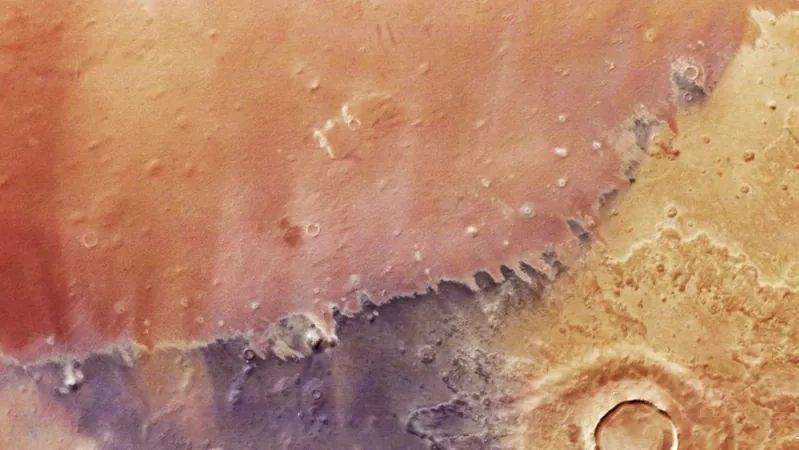
Mars Unveiled: Stunning Satellite Image Reveals a Kaleidoscope of Colors
2025-07-06
Author: Charlotte
Mars: More Than Just a Red Planet
Mars is renowned as the Red Planet, but a breathtaking new satellite image from the European Space Agency (ESA) exposes its vibrant palette of yellows, oranges, and browns. This mesmerizing photo captures the dynamic surface features of Mars, including an impact crater and four elusive dust devils that dance across the landscape.
The Intriguing Arcadia Planitia
This captivating image was snapped by the high-resolution camera aboard ESA’s Mars Express orbiter and showcases Arcadia Planitia—a region pivotal for understanding Mars' past and evaluating its future potential for human habitation. Situated to the northwest of the solar system's tallest volcanoes, Arcadia Planitia is a geological wonder.
Geological Wonders of Arcadia Planitia
Scattered with solidified lava flows that are less than 3 billion years old, this area promises intriguing possibilities. ESA scientists believe it might even hide water ice just below the surface, making it a prime target for upcoming missions aimed at exploring the mysteries of Mars.
Dust Devils: Nature's Dancers
One of the fascinating features highlighted in the image is the presence of dust devils—temporary spirals of air that resemble mini-tornadoes. Formed as the Martian surface heats up, these whirlwinds lift dust and debris into the air. In this snapshot, you can spot four distinct dust devils depicted as pale whirlwinds against the terrain, moving gracefully across the plains.
Crater Insights: A Geological Story
Dominating the lower corner of the image is a massive impact crater, measuring approximately 9 miles (15 kilometers) across. The layering around the crater tells a story—suggesting the ground once contained significant amounts of water ice following the impact. Its well-preserved state implies it's a relatively young feature in the context of Mars' geological history.
The Hazy Illusion of Blur
If you're wondering why the image appears slightly blurry, it’s due to Martian winds stirring up tiny particles of debris near the surface. These gusts not only create a visual haze but also contribute to the distinctive reddish area seen in the photograph.
The Colorful Tapestry of Mars
The reddish region is characterized by wind-sculpted ridges known as "yardangs," formed as erosive winds carve through softer rock while leaving the tougher formations intact. Below lies a purplish-brown terrain rich in silicates yet low in iron, further showcasing Mars' intriguing color differentiation, influenced by the size and density of its sand grains.
A Window into Mars’ Future
As scientists continue to study Arcadia Planitia, this stunning image acts not only as a visual feast but also as a vital resource for future Mars missions, inspiring hopes of exploring and potentially colonizing our planetary neighbor.
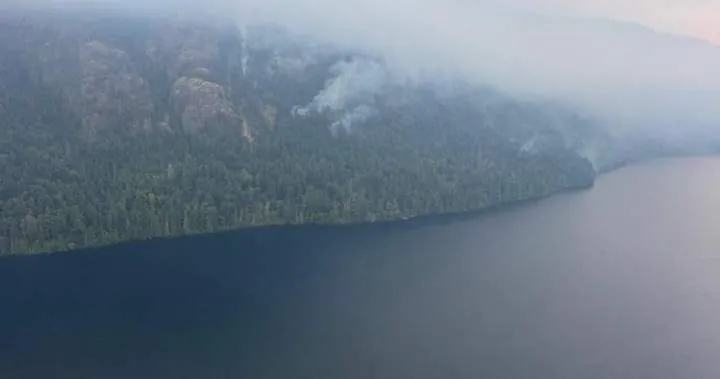

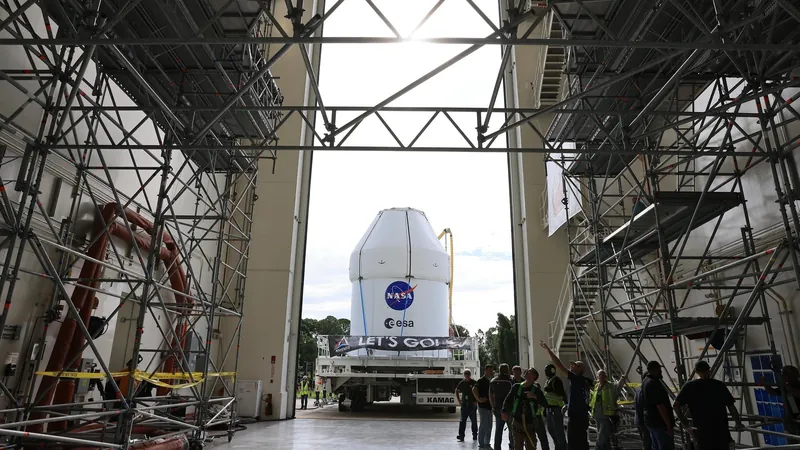
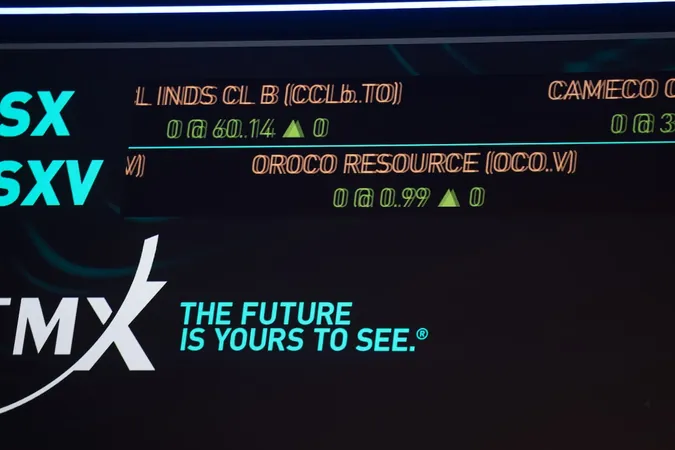




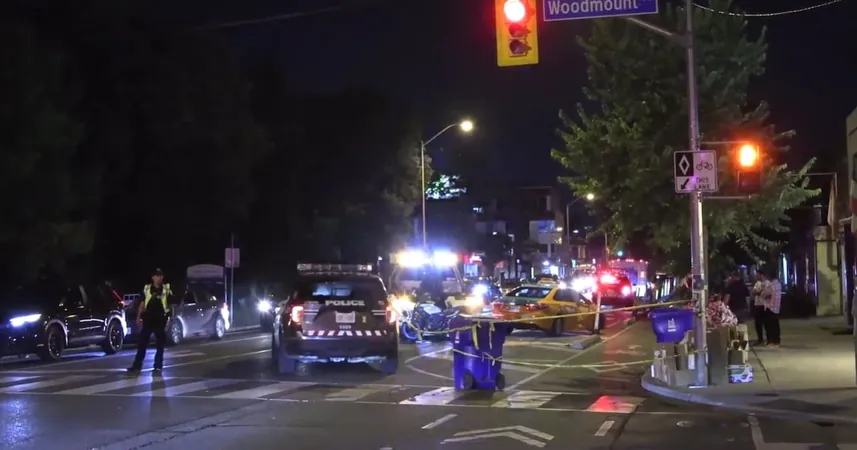
 Brasil (PT)
Brasil (PT)
 Canada (EN)
Canada (EN)
 Chile (ES)
Chile (ES)
 Česko (CS)
Česko (CS)
 대한민국 (KO)
대한민국 (KO)
 España (ES)
España (ES)
 France (FR)
France (FR)
 Hong Kong (EN)
Hong Kong (EN)
 Italia (IT)
Italia (IT)
 日本 (JA)
日本 (JA)
 Magyarország (HU)
Magyarország (HU)
 Norge (NO)
Norge (NO)
 Polska (PL)
Polska (PL)
 Schweiz (DE)
Schweiz (DE)
 Singapore (EN)
Singapore (EN)
 Sverige (SV)
Sverige (SV)
 Suomi (FI)
Suomi (FI)
 Türkiye (TR)
Türkiye (TR)
 الإمارات العربية المتحدة (AR)
الإمارات العربية المتحدة (AR)